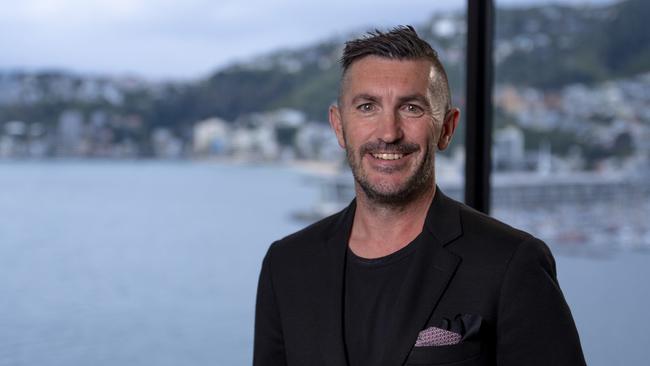Revolutionary workforce trend chronoworking expected to reach Australia
The days of employees working 9 to 5 jobs could soon come to an end in Australia.

QLD Business
Don't miss out on the headlines from QLD Business. Followed categories will be added to My News.
A leading expert has predicted a revolutionary workforce trend, which encourages employees to take up work patterns that best suit themselves, will reach Australia soon.
Chronoworking, a pioneering concept emerged from the United Kingdom, allows employees to ditch the traditional 9am-5pm and tailor their work hours based on their body clocks.
Google Trends showed the concept had a surge in searches in the past year, with most interests from the UK, Canada, the United States and Brazil.
Recruitment agency Robert Walters Australia and New Zealand chief executive officer Shay Peters predicted this trend could soon become prevalent in Australia as well.
“While chronoworking may seem radical at first glance, its implications have the potential to completely reshape the global workforce, creating a borderless economy,” he said.
“By breaking free from the constraints of traditional working hours, we can ensure that there is always someone available to cater to the needs of clients or customers, regardless of their geographical location.
“This opens up the possibility of a truly global workforce like we’ve never seen before.”
The eight-hour workday norm was dated back to the 1850s when union members committed in a public meeting as most Australians worked up to 14 hours a day at the time.
Since then, Australia implemented a standard 38 working hours a week for a full-time employee, with flexible approaches at many companies including three days in office and early finish on Fridays.
But the recruiter’s study revealed nearly two in five Australians stating their companies’ flexible work policies are not tailored to their needs.
The finding also showed two in five professionals felt chronoworking could improve their mental health and enhance their productivity and focus, with one in ten believing their sleep quality could significantly improve.
They also expressed interest in experimenting with the model.

“Hybrid working should not be seen as a one-size-fits-all solution for flexible working,” Mr Peters said.
“It’s true that individuals have varying levels of productivity at different times.
“We’re all different individuals, and it would be unreasonable to expect everyone to operate in the same way, including work patterns.
“Instead, employers should consider incorporating elements of different flexible working models that align with their business, such as the chronoworking model allowing early birds to start and finish earlier, and night owls to start later and make up the time by working later.
“This approach could yield benefits in terms of employee morale, sleep quality and productivity levels.”
But Mr Peters warned the theory would undoubtedly place significant additional pressure on managers.
“Managing a team on a global scale is already a huge task, and when you factor in a globally dispersed workforce operating at different times, it introduces a whole new level of complexity for managers,” he said.
“We already know that managers are currently facing difficulties in effectively managing the modern workforce due to factors like remote working and a strong focus on work culture.
“The complexities associated with the modern workforce are still relatively new, and managers are still grappling with them.
“There may also be concerns about junior staff members who rely on managers for guidance.
“However, with a sufficiently large global workforce, there should ideally be senior personnel available to assist regardless of the time or location.
“Introducing another layer of employees working at different times would undeniably further complicate the role of management.
“It is at the management level where we can anticipate resistance to implementing this initiative, as it would undoubtedly place a heavier burden on them.”




